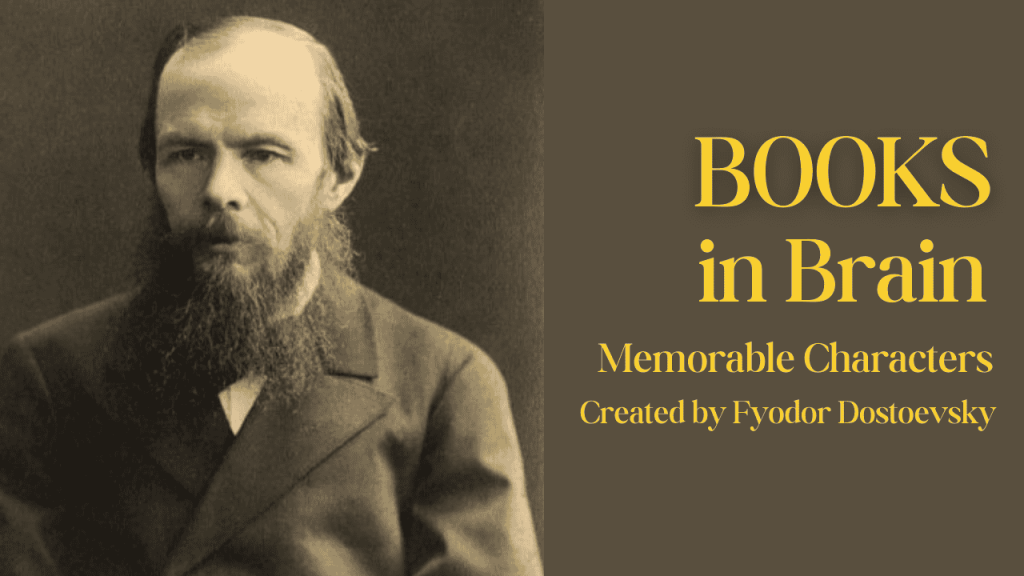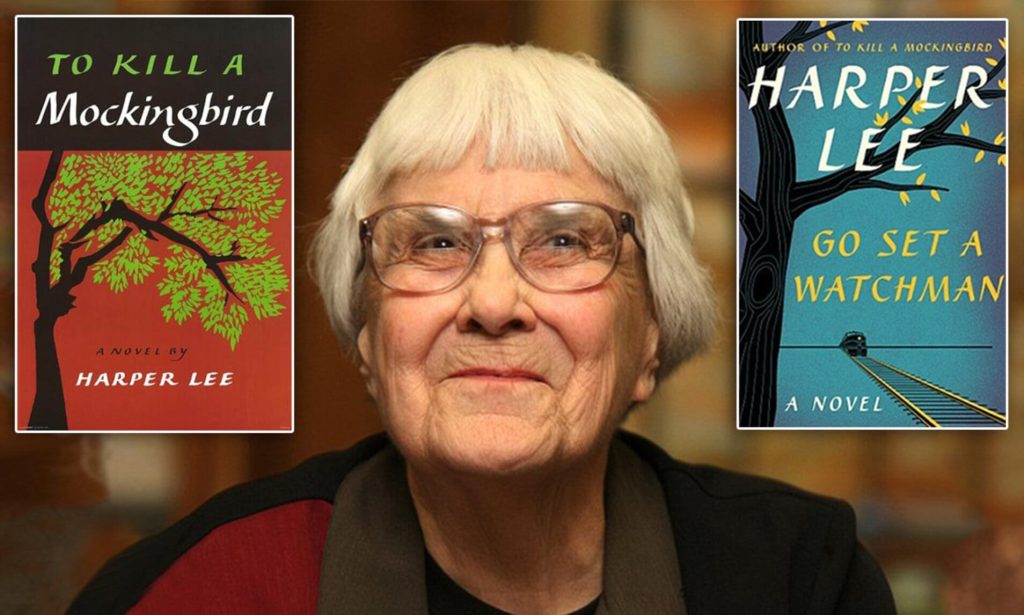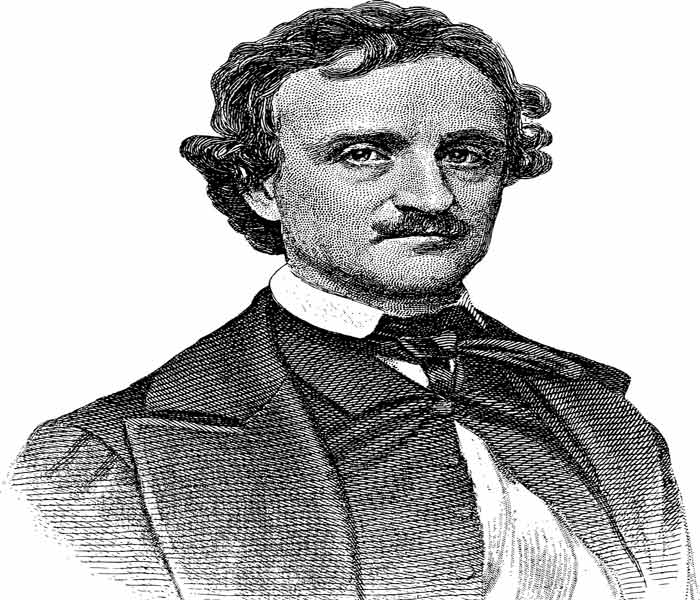Fyodor Dostoevsky (1821–1881) was a Russian novelist and philosopher. His novels like Crime and Punishment, The Brothers Karamazov, The Idiot, and Demons have solidified his legacy as a literary titan.
Dostoevsky created iconic characters such as Raskolnikov, Prince Myshkin, and Ivan Karamazov. Each character is a window into the depths of the human psyche.

Let’s explore the memorable personalities that define his literary masterpieces, showing how they continue to influence readers and writers alike.
10 Most Memorable Characters Created by Fyodor Dostoevsky
Look at 10 of his most unforgettable characters and see why they are so special.
1. Raskolnikov (Crime and Punishment, 1866)
Raskolnikov is a young student living in poverty in St. Petersburg. He is a poor who feels trapped by his life. He believes he can justify murdering if it benefits society. This belief drives him to kill an old pawnbroker. He thinks her death would do more good than harm.
However, the murder doesn’t bring him peace. Instead, it throws him into a world of guilt, paranoia, and moral confusion. Raskolnikov’s journey from a proud, cold thinker to a man seeking redemption is gripping.
His character explores themes of crime, punishment, and the struggle between good and evil within oneself. It shows us how guilt can destroy someone and how finding redemption can bring peace.
2. Prince Myshkin (The Idiot, 1869)
Prince Myshkin is one of Dostoevsky’s most unique characters. He is kind, selfless, and honest. But he lives in a society that values cunning and power. People around him think he is naïve and call him “The Idiot.”
Returning to Russia after recovering from an illness, Myshkin falls in love with Nastasya Filippovna a woman with a troubled past. But he also cares deeply for Aglaya Epanchin, another woman. His love for Nastasya and Aglaya puts him in difficult situations.
Despite his innocence and pure soul, his goodness is often misunderstood and exploited. Myshkin’s story reflects the challenges of being virtuous in a corrupt world. His purity makes him a memorable character.
3. Alyosha Karamazov (The Brothers Karamazov, 1880)
Alyosha is the youngest of the Karamazov brothers and the heart of the novel. He is a novice monk who deeply believes in love, forgiveness, and faith. Unlike his brothers, Alyosha doesn’t struggle with anger or doubt. Instead, he tries to bring peace to those around him.
His mentor, Father Zosima, inspires him to live a life of kindness and humility. Alyosha’s compassion and optimism shine in a story filled with conflict and despair. His character offers hope and reminds readers of the power of goodness, making him a shining light in the novel.
4. Ivan Karamazov (The Brothers Karamazov, 1880)
Ivan is the intellectual and philosophical middle brother. He questions the existence of God and struggles with the problem of human suffering. One of the novel’s most famous chapters, The Grand Inquisitor, captures his doubts.
In it, Ivan imagines a world where humans reject God’s freedom for comfort and control. Ivan’s inner conflict grows as the story unfolds. It leads to mental and emotional breakdowns. His character represents the battle between reason and faith.
5. Dmitri Karamazov (The Brothers Karamazov)
Dmitri, also called Mitya, is the eldest Karamazov brother. He is passionate, impulsive, and often ruled by his emotions. Dmitri is madly in love with Grushenka, but his jealousy and reckless behavior lead to tragedy.
He is accused of murdering his father, Fyodor Karamazov, a crime he insists he didn’t commit. His life becomes chaotic as he tries to prove his innocence.
Dmitri’s fiery personality and heartbreaking story make him both fascinating and deeply tragic. His character explores themes of love, guilt, and redemption.
6. Svidrigailov (Crime and Punishment, 1866)
Svidrigailov is one of Dostoevsky’s most mysterious and complicated characters. He is wealthy, manipulative, and morally ambiguous. Throughout the novel, he exhibits both cruelty and moments of unexpected kindness, making it hard to label him as purely evil. For example, he helps Raskolnikov’s sister, Dunya, but also harasses her.
Svidrigailov is haunted by visions of his dead wife, suggesting a guilty conscience. His character blurs the line between villainy and humanity. In the end, his unpredictable nature and tragic fate make him a haunting presence in the story.
7. Nastasya Filippovna (The Idiot, 1869)
Nastasya is a beautiful and tragic figure in The Idiot. She is caught in a destructive love triangle with Prince Myshkin, who loves her deeply, and Rogozhin, who is obsessed with her.
Nastasya’s life is marked by trauma and abuse, which shape her decisions and self-perception. She believes she is unworthy of happiness and often sabotages her chances for a better life. Despite her flaws, readers feel sympathy for her pain and struggles. Nastasya’s story highlights the effects of societal judgment and personal suffering. It makes her a deeply moving character.
8. Father Zosima (The Brothers Karamazov, 1880)
Father Zosima is a wise and compassionate monk. He serves as a mentor to Alyosha. He teaches about the importance of love, forgiveness, and faith in God. Father Zosima believes that people can find peace through kindness and humility.
His teachings provide a moral foundation for the novel. Even after his death, his influence continues to guide Alyosha and others. His character represents spiritual strength and the power of belief. His character gives hope to readers and adds a strong moral message to the story.
9. Pyotr Verkhovensky (Demons, 1872)
Pyotr Verkhovensky is a cunning revolutionary leader in Demons. He is charismatic but uses his influence to manipulate others for his political agenda. He doesn’t hesitate to betray or sacrifice others to achieve his goals. Even, he doesn’t care who gets hurt along the way.
Pyotr’s actions lead to chaos and violence in the story. It reflects the dangers of unchecked ambition. Pyotr’s character explores themes of power, control, and the dark side of ideology. His ability to incite destruction makes him one of Dostoevsky’s most chilling characters.
10. Stavrogin (Demons, 1872)
Stavrogin is both intelligent and charming but struggles with apathy and moral corruption. Stavrogin feels empty inside and makes selfish choices that hurt others.
He is haunted by guilt and an existential void but can’t find peace or meaning in his life. Stavrogin’s character captures the pain of living without purpose or faith. His inner conflict and tragic downfall make him unforgettable.
Wrap-Up
Dostoevsky’s characters struggle with the same questions and conflicts we face: What is right and wrong? How do we find meaning in life? Each character brings something unique to the story, reflecting human strengths and weaknesses.
If you haven’t read Dostoevsky’s books yet, these characters are a great reason to start. Their journeys will leave a deep mark on your soul, just as they have for countless readers worldwide.


